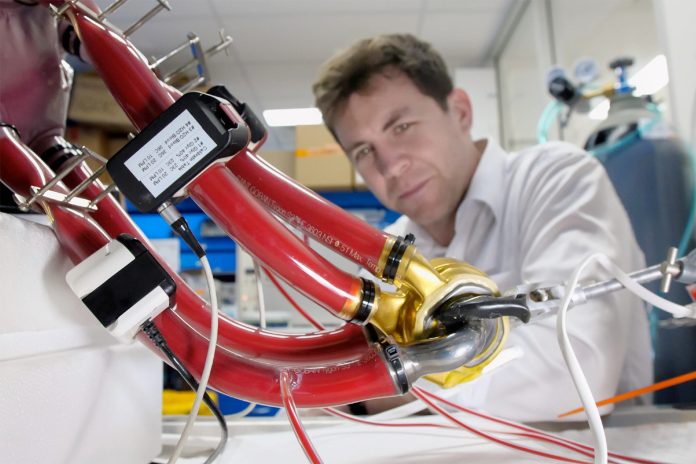A patient in Australia has set a new milestone in artificial heart technology by becoming the first person in the world to be discharged from the hospital while relying on a magnetically levitated (maglev) artificial heart. The device, developed by BiVACOR, kept the man alive for 105 days before he received a donor heart.
A significant advancement in artificial heart technology
The BiVACOR Total Artificial Heart (TAH) had previously been implanted in patients to serve as a temporary solution while they awaited a donor heart, but all prior cases required patients to remain hospitalized. This changed when a man in his 40s from New South Wales, Australia, received the artificial heart implant on November 22, 2024, at St. Vincent’s Hospital in Sydney. After stabilizing, he was discharged in early February 2025 and continued living outside of a hospital setting until March 6, when he successfully underwent a heart transplant.
Dr. Daniel Timms, the Australian-born inventor of the BiVACOR TAH, emphasized the significance of this moment. “Being able to bring Australia along this journey and be part of the first clinical trials is immensely important to me and something that I set out to do from the very beginning,” he said. “It is incredibly rewarding to see our device deliver extended support to the first Australian patient.”
How the BiVACOR TAH works
The BiVACOR artificial heart is distinct from other artificial heart devices in two key ways. First, it uses an electromechanical rotary pump to circulate blood, rather than flexible polymer diaphragms, which are known to wear out over time. Second, it employs a single rotor suspended via magnetic levitation, similar to the technology used in high-speed trains. The rotor’s frictionless movement minimizes wear and tear, making the device highly durable.
The system is powered by a small external controller with a rechargeable battery. This streamlined design reduces the number of moving parts, eliminating bearings and minimizing mechanical failure, which has been a common limitation in previous artificial heart technologies.
Growing role as a bridge to transplant
Prior to this case, four other patients in the U.S. had used the BiVACOR TAH to sustain them while awaiting a donor heart. The longest duration a patient had used the device before receiving a transplant was 27 days. The Australian case significantly extends this benchmark, proving that the device can function for over three months in a real-world setting outside the hospital.
The device is not yet intended to serve as a permanent heart replacement. David Colquhoun, a cardiologist from the University of Queensland and board member of the Heart Foundation, noted that it would need further development to compete with donor hearts, which can last 10 years or more. “It would have a long way to go,” he said in an interview with The Guardian.
However, the latest success demonstrates its potential as a vital tool for patients with severe heart failure who may not receive a donor heart in time. “The BiVACOR Total Artificial Heart ushers in a whole new ball game for heart transplants, both in Australia and internationally,” said Chris Hayward, a cardiologist at St. Vincent’s Hospital. “Within the next decade, we will see the artificial heart becoming the alternative for patients who are unable to wait for a donor heart or when a donor heart is simply not available.”
Source: BiVACOR



